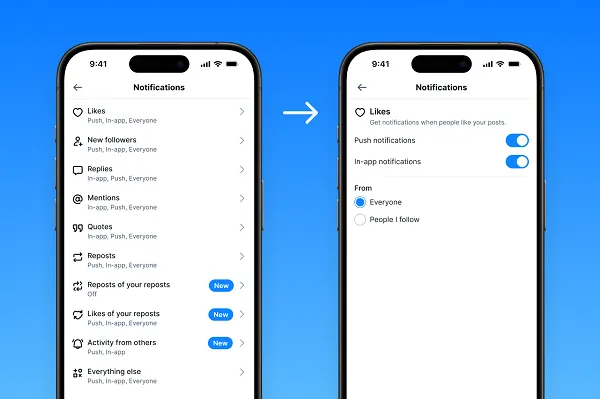How Super Bowl ad sales slowed due to crypto, economy
Fox has sold out of Super Bowl LVII commercials after a lag caused by the crypto downturn and economic conditions.

Super Bowl LVII has officially sold out of commercial inventory, Fox confirmed. The network, which will air the Big Game on Feb. 12, closed its final deal at the end of January, more than four months after it announced 95% of ad time had sold.
The lag was due to a combination of worsening economic conditions as well as upset in the crypto category led by the implosion of FTX.
“A category blew up in spectacular fashion this fall and the companies in many levels ceased to exist, so we lost a few units in atypical fashion in the crypto category, which threw some inventory back into the marketplace,” explained Mark Evans, executive VP of sales at Fox Sports. The executive said that one crypto company, declining to which one, was forced to sell two 30-second ad units back to Fox. That then caused another company “that was on the one-yard line before completion right as that news broke” to cancel its negotiations for two units as well.
Evans described the subsequent months of selling units as “one in, one out or two in, one out,” as advertisers across categories tightened media budgets due to economic headwinds. Overall, he said Fox’s previously announced 95% sellout dropped to the high 80% range in the fall, accounting for about 11 remaining units.
During that time, Evans said economic conditions did not impact the pricing of Super Bowl inventory, which Ad Age previously reported surpassed $7 million in some instances. The executive said a portion of the remaining units were priced at lower rates negotiated with major holding companies during last year’s upfront, which Fox extended the deadline on, but “we were able to regain that premium for the last couple of units.”
“While the Super Bowl marketplace definitely slowed, the difference was we were in regular communication with multiple clients who would say, ‘I want to buy the game, I'm expecting to buy the game, I'm going to buy the game, but I need to see next month's inflation report,’” said Evans. “We were in this regular cadence with multiple marketers who were giving us the wink and the nod that they were going to be there, but just can't get their CFO or CEO to officially sign off until these economic headwinds calm a little bit at least.”
One agency buyer painted a grimmer picture of the past four months, noting that some clients “did have to work to claw back some previously committed spend” to accommodate Fox's price tag.
“Also, many advertisers that would look at a Super Bowl commitment closer to airdate decided that it was too large an investment to make,” said the buyer. “When those two factors are taken together, it left Fox with a handful of spots that took longer than anticipated to cover.”
In 2022, NBCUniversal announced it was sold out of the Feb. 13 Super Bowl on Feb. 3.
In addition to crypto, auto is another category whose presence in the Big Game is weaker than last year. Evans characterized the category as “a little below average” in comparison to the past decade of Super Bowls, but noted this year’s game will be a departure from years when auto was “the driving force of the marketplace—pardon the pun.”
So far, General Motors and Kia have confirmed their participation, but Evans said to expect “plenty of autos woven throughout the game.”
On the opposite end of the spectrum is alcohol, which will show a range of advertisers for the first time in decades given Anheuser-Busch InBev’s break from Big Game exclusivity. While Evans said AB InBev will still have the largest share of voice, the category—including both beer and spirits brands—will stand out with a large volume of commercial time. This includes ads from Molson Coors, Crown Royal, Heineken and Rémy Martin.
A source familiar with the dealmaking said that while AB InBev has possessed a high share of air time for past Super Bowls, its legacy contract had locked the brand into a below-market rate. This year’s game has seen a greater sales margin in the alcohol category as Fox was able to “write all of these new entries at a much higher price point,” said the source.
One trend of note, according to Evans, is increasing sales for the pre-game inventory surrounding the Super Bowl. As prices continue to climb at inaccessible premiums for smaller advertisers, day-of advertising has become just as desirable to join in on the action. One media buyer told Ad Age that their clients were looking to buy inventory for the Friday prior to Super Bowl Sunday, but that nothing was currently available. A second media buyer said that even in the last hour before kickoff, pre-game inventory is priced “typically less than half” of an in-game unit.
“We've seen the hours in the pre-game sell much more deeply with cash and a much larger variety of client,” said Evans. He observed the growing trend as “broader reaching advertisers who might not be a sports person buying the day because they just know how many Americans of every age and ethnicity and income bracket and location around the country are all gathered around their TVs to watch.”

 Hollif
Hollif 































